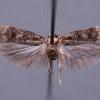35.098 Gelechia scotinella Herrich-Schäffer, 1854
Status and Distribution
Very local and scarce, with scattered records across southern half of England only.
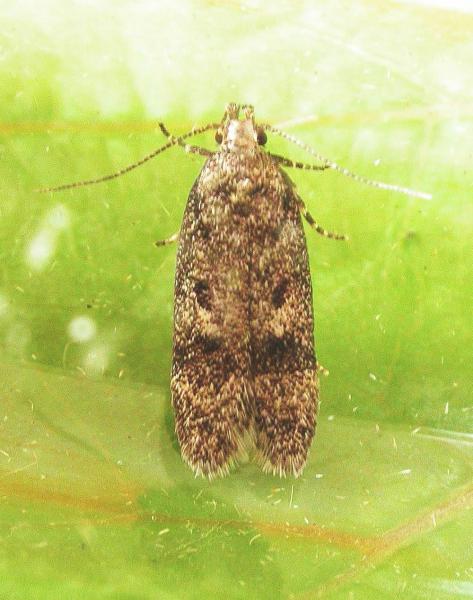
Provisional map
Foodplant and Larval Feeding Signs
Prunus spinosa (blackthorn), see plant distribution map. In Europe also recorded on Prunus domestica (wild plum).
In spun shoots and reportedly spun flowers.
Habitat
Sheltered hedgerows, gardens and locations where larger thickets of blackthorn are present.
Finding the Moth
Larva: found amongst spun shoots just as the flowers are over. It has also been reported to feed in spun flowers historically in Britain and in Europe. Attempts to beat larvae from the flowers in a hedgerow where the moth has been recorded in Worcestershire were unsuccesful, with the larva eventually located in spinnings on new shoots.
Adult: beaten from old uncut hedges; nearly all recent records are at light (Rothamsted Insect Survey, Actinic and Mercury Vapour lights).
Similar Species
The rather short and broad wings, the light area between the dark spots in the centre of the forewing, the dark transverse fascia at three-quarters (occasionally obscured by the darker colour of the wing) and the black scales on the underside of segment two of the labial palps will assist in identifying this species. It is advisable to provide a good quality set of photographs of the moth showing the above features should this species be suspected. In the event of the moth being worn then retention of a specimen for dissection should be considered.
Single brooded during July and August.
Earliest: 1st July 2009 (VC8)
Latest: 22nd August 2013 (VC30)

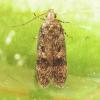
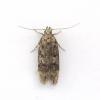
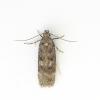
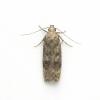
%20(2)_0.jpg)
_0_0.jpg)
_0.jpeg)
